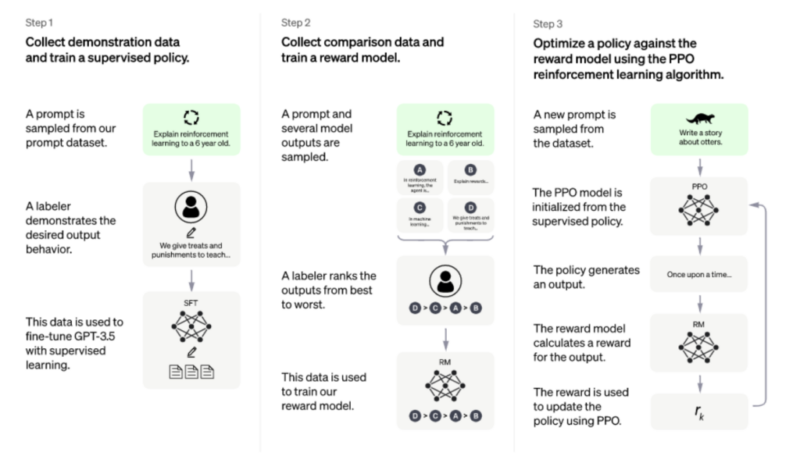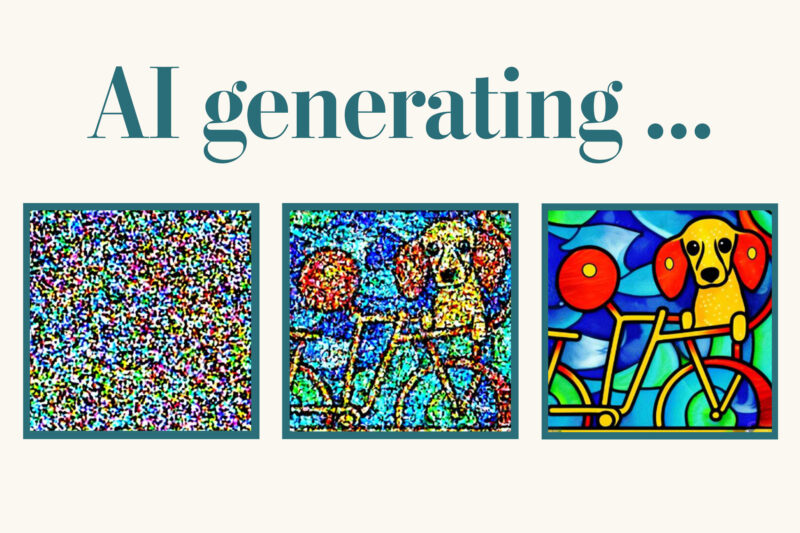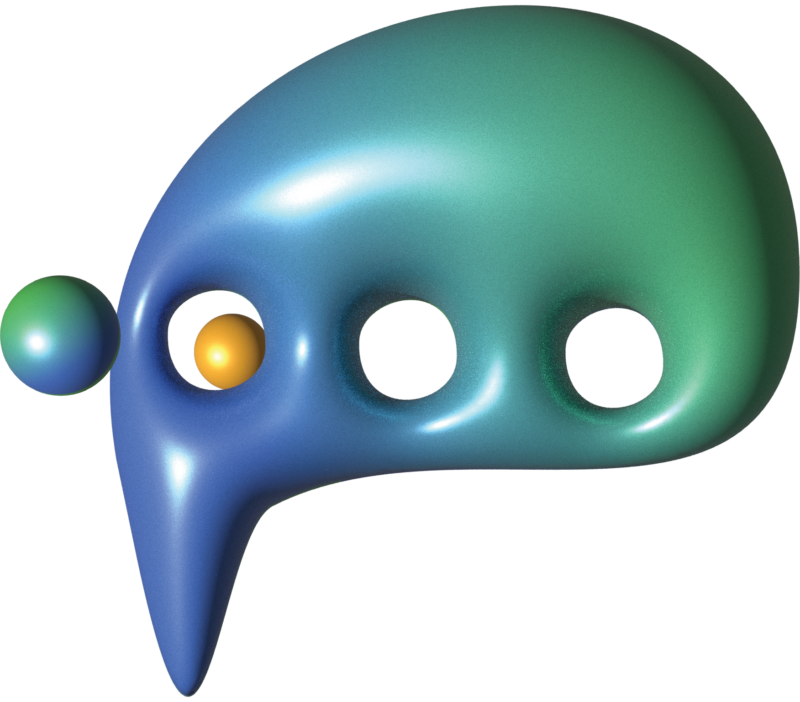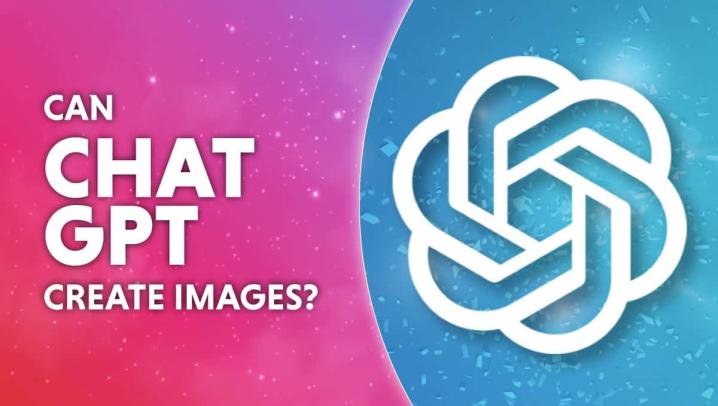ChatGPT, or Generative Pre-training Transformer, is an artificial intelligence model developed by OpenAI. It’s designed to generate human-like text based on the input it receives.
This AI model has been trained on a diverse range of internet text, enabling it to generate creative and coherent responses. However, it’s important to note that ChatGPT is a text-based model. It understands and generates text, not images or any other form of media.
This brings us to an intriguing question: Can ChatGPT create images? To answer this question, we need to delve deeper into the technology behind ChatGPT and understand the concept of image generation in AI.
Understanding the Technology Behind ChatGPT

ChatGPT is based on a machine learning model known as a transformer. This model uses attention mechanisms to weigh the relevance of words in a text input, allowing it to generate contextually relevant responses. However, this process is entirely text-based. The model doesn’t have the capability to understand or generate visual content.
The limitations and capabilities of ChatGPT are defined by its training. Since it’s trained on text data, it excels at understanding and generating text. However, it lacks the ability to process or create images because it hasn’t been trained on image data.
The Concept of Image Generation in AI
While ChatGPT can’t create images, there are AI models that can. These models are trained on image data, allowing them to understand and generate visual content. They use techniques like convolutional neural networks (CNNs) and generative adversarial networks (GANs) to process and create images.
These models can generate images from scratch or modify existing ones. They can create realistic human faces, design new objects, and even generate images from textual descriptions. However, these capabilities are fundamentally different from those of ChatGPT.
Can ChatGPT Generate Images?
The direct answer to the question is no, ChatGPT cannot generate images. It’s a text-based model that lacks the training and the mechanisms to process or create visual content. While it can understand and generate descriptions of images based on text, it can’t create the images themselves.
The Difference

Text-based models like ChatGPT and image-based models serve different purposes and have different capabilities. Text-based models are designed to understand and generate text. They’re used in applications like chatbots, text completion, and language translation.
On the other hand, image-based models are designed to understand and generate images. They’re used in applications like image recognition, image generation, and image editing. While both types of models can generate creative content, the nature of the content they generate is fundamentally different.
Examples of AI Models That Can Generate Images
There are several AI models that can generate images. These include GANs like StyleGAN and BigGAN, which can generate realistic images of human faces and objects, and DALL-E, an AI model developed by OpenAI that can generate images from textual descriptions.
These models work by training on large datasets of images. They learn to understand the patterns and structures in these images, allowing them to generate new images that mimic the ones in their training data.
The Future of AI
While current AI models specialize in either text or image generation, the future could see the development of models that can do both. These models could understand and generate both text and images, opening up new possibilities for AI applications.
However, developing such models presents significant technical challenges. Training a model to understand and generate both text and images would require vast amounts of diverse data and immense computational resources.
The Potential Applications
An AI that can generate both text and images could revolutionize various industries. In the creative industry such an AI could be used to generate storyboards from scripts, design graphics based on textual descriptions, or even create entire comic books or animations from a written storyline.
In the field of education this AI could be used to create illustrative content for textbooks or generate visual explanations for complex concepts. In the business world it could be used to generate marketing content or product designs based on textual briefs.
Challenges
Developing an AI that can generate both text and images presents significant technical challenges. The model would need to be trained on vast amounts of diverse data, which would require immense computational resources. It would also need to be able to understand the complex relationships between text and images, which is a challenging problem in AI research.
There are also ethical challenges to consider. Such a powerful AI could be used to create deepfakes or other forms of deceptive content, which could have serious societal implications. It’s crucial that developers consider these challenges and implement safeguards to prevent misuse.
In our exploration of ChatGPT’s capabilities, we stumbled upon a helpful resource that teaches newcomers how to dive into this technology, which you can find here.
Conclusion
In conclusion, while ChatGPT can’t create images, there are other AI models that can. These models use different techniques and are trained on different types of data, reflecting the diverse capabilities of AI.
The future could see the development of AI models that can generate both text and images, opening up exciting new possibilities. However, this also presents significant technical and ethical challenges that need to be addressed.
The field of AI is rapidly evolving, and it’s exciting to speculate about what the future might hold. One thing is certain: AI will continue to play an increasingly important role in our lives, and it’s crucial that we understand its capabilities and limitations.

